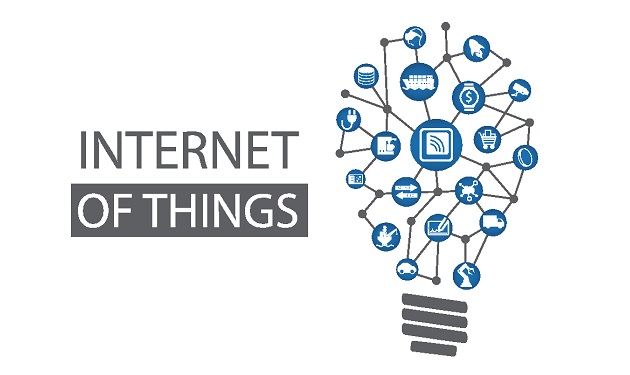An independent global survey of around 800 CIOs, reveals that nearly three-quarters (74%) of IT leaders are concerned that Internet of Things (IoT) performance problems could directly impact business operations and significantly damage revenues.
This is mostly because 78% of CIOs said there is a risk that their organization will roll-out IoT strategies without having a plan or solution in place to manage the performance of the complex cloud ecosystems that underpin IoT rollouts. In fact, the survey carried about by Dynatrace found that 69% of CIOs predicted that IoT will become a major performance management burden as they struggle to overcome the escalating complexity of their modern enterprise cloud environments.
“Businesses across every industry are eagerly exploring IoT’s potential to engage new markets, drive new revenue and create stronger competitive advantage,” said Dave Anderson, Digital Performance Expert at Dynatrace. “However, IoT ecosystems and delivery chains are intricate and boundless, which creates unprecedented frequency of change, size and complexity in the cloud environments on which they are built. Enterprises are already struggling to master cloud complexity and now IOT substantially magnifies this challenge.”
Praveen Mahajan, Regional Director – India, Dynatrace said, “The report doesn’t include the Indian CIOs views on the complexities of IoT. But that doesn’t mean that India is not leveraging cloud services and is untouched with these complexities. With a lot of initiatives around Digital India, we are already picking up the pace at a much higher rate than any other country. SaaS has already made its roads in India. According to a study by IDC, India stands at 3rd rank on the list of Asia Pacific (excluding Japan) in spending on public cloud services.”
Overcoming the Complexity of Web-Scale IoT Applications
The report looks at the challenges organizations face in maintaining seamless software experiences as they continue to roll-out IoT ecosystems.
Key findings include (Out of 800 CIOs):
- The scale of IoT is just too big to manage in a traditional way:
- 73% worry that the number of third-parties and internal resources involved in IoT service delivery chains will make it incredibly difficult to identify who is responsible when performance problems arise
- 52% say understanding the impact that IoT platform providers and network operators have on performance is a key challenge in managing user experience in IoT
- 75% are concerned that problems within the platform or network layer could be hidden from them by an IoT service provider; impacting the performance of their applications
- It’s impossible to master IoT complexity manually:
84% believe that AI capabilities and the ability to automate most of the processes that support IoT deployments will play a crucial role in the success of their IoT strategies
- IoT is losing its ability to meet user expectations:
- 70% worry that consumer and user expectations for faster, fault free experiences could soon increase beyond what IT teams are able to deliver
- 69% fear losing control over the user experience as the IoT delivery chain continues to become more convoluted
- 64% are worried that the spiraling numbers of wearables could soon make it impossible to manage mobile performance for such devices
- IoT creates new user experience headaches, including:
- Ensuring that IoT device firmware updates and security patches don’t have a negative performance impact (62%)
- Having the ability to track application behaviour on IoT devices as they interact with cloud services (60%)
- Understanding the impact of IoT device performance on the user-experience (53%)
- Mapping the rapidly growing IoT ecosystem as it expands (38%)
“With so many digital transformations coming in, the Indian enterprise market is very receptive to new technologies that provide strategic business advantages. But are we fully prepared to utilise it? How to overcome the challenges of maintaining seamless software experience. Looking at the challenges, organizations need to think beyond traditional monitoring approach. What they need is a software intelligence platform that works at scale and simplifies IoT cloud complexity. In addition, it must provide full operational insights into vast ecosystems of IoT sensors, devices, gateways, applications and underlying infrastructure. With answers at their fingertips, rather than just more data on glass, organizations can leverage the benefits that IOT technologies have to offer,” adds Mr. Mahajan.








